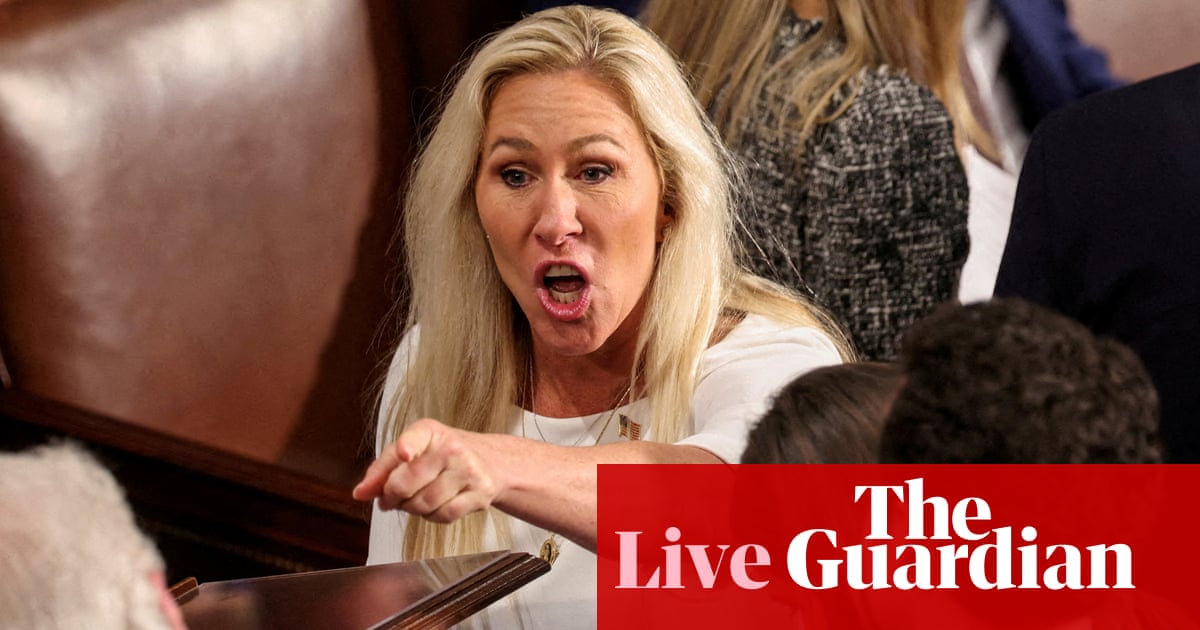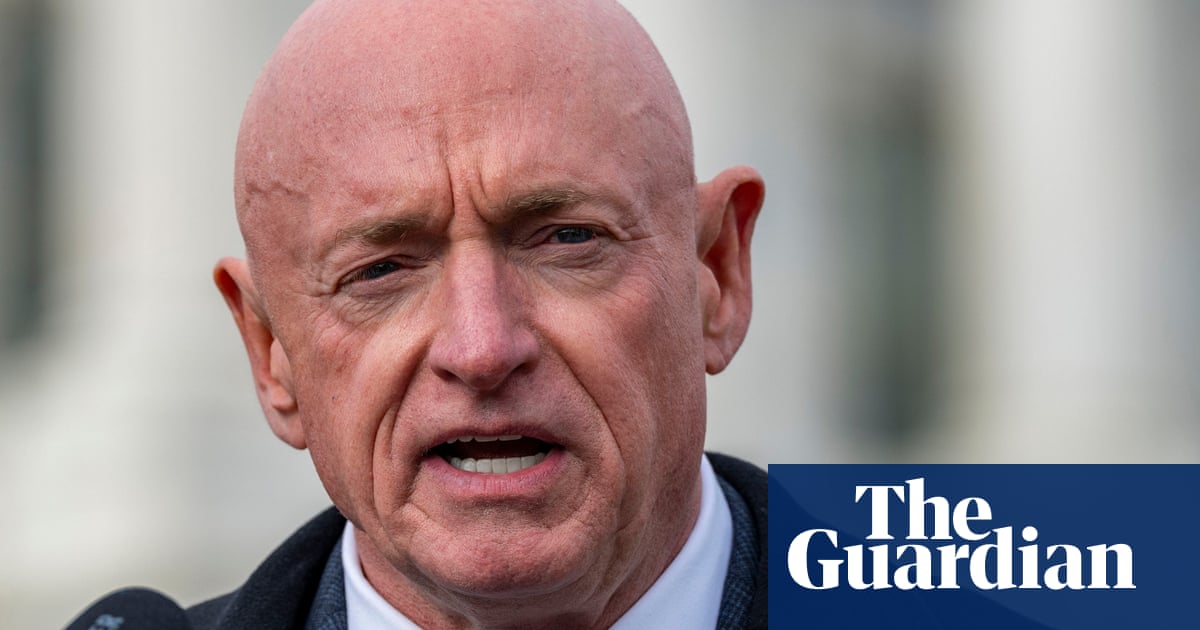The unprecedented push to create new congressional districts mid-decade is hitting roadblocks in the form of local elected officials from both parties.
Republicans face headwinds in the 2026 midterms: the party in power often loses ground in the election after a presidential win, and Trump’s agenda isn’t going over well. The 2025 off-year elections showed voters favoring Democrats at higher-than-expected margins. Trump wants to keep the House in Republican control by redrawing congressional maps to create more Republican-friendly districts. He first pressured Texas, which responded by drawing five additional red districts, which led California to advance a now-approved ballot measure to create five more Democrat-friendly districts to offset Texas’s maps.
But the White House pressure campaigns haven’t found willing participants in all GOP-held statehouses, or from the courts. Texas’s maps were blocked by a federal court, and the US supreme court will review that decision, which could deal a blow to the whole gambit. Voters in Missouri are trying to stop their state’s gerrymander via a referendum.
The big mid-decade GOP gerrymander isn’t inevitable – but it isn’t over.
Some lawmakers, on the left and the right, are steeling themselves against the pressure. Some have philosophical opposition and believe in protecting the normal process, in which districts are drawn every 10 years after the census, and don’t want to wade into a nakedly partisan process and further undermine voters’ faith in democratic processes.
Others are doing their own math and realizing redistricting puts their own party at risk of a “dummymander”, or a district intended to help one party that unintentionally helps the opposition. There are legal calculations as well: new districts can invite lawsuits, and the supreme court decision could disrupt their plans.
Some statehouse leaders are protecting their members who would vote against redistricting efforts because they don’t want to subject their members to attacks or primaries. The bar to pass new maps is high in some states – the party needs near uniformity to clear it.
Mark Schreiber, a Republican representative in the Kansas House, said he doesn’t approve of redistricting for a political purpose. “I’m not just going to redistrict just to accommodate trying to increase chances for maintaining a majority in the US House,” he said.
Clarke Sanders, a Republican in the Kansas House, told the Guardian via email that redistricting “didn’t seem like a good idea to me” because the state just drew new districts three years ago. Kansas has four congressional districts, only one of which is held by a Democrat, Sharice Davids. Redrawing lines could risk the party losing not just in her district, but another district as well, he said.
“The problem is NOT the makeup of the district, the problem is, IMO, we don’t have a candidate,” Sanders said. “We could win in the district the way it is now with the right candidate.”
David Becker, the executive director of the Center for Election Innovation & Research, said the pushback is a “really positive development on both sides,” so long as it remains on both sides. Redistricting is historically rare, and the closer we get to an election, the more confusing it gets for voters and more difficult to implement for elections officials, he said.
“I’m impressed by the legislators who are thinking about the big picture and thinking about their voters rather than the possibility of gaining one more seat in a very closely divided House of Representatives,” Becker said.
Voters often disapprove of gerrymandering and see it as unfair. A recent YouGov survey found most in both parties opposed the idea when it was described. But a more recent Politico poll showed a majority in both parties wanted their parties to make more favorable districts, with the right wanting to keep power and the left seeking to push back against Trump.
It’s a distinction from the trend in many states, which have moved toward independent redistricting in which nonpartisan (or at least less partisan) committees help draw lines that better reflect their populaces.
“I don’t think anybody left of Maga wants to be here,” said John Bisognano, president of the National Democratic Redistricting Committee. “This is a crisis that was thrust upon the country by Donald Trump picking up the phone, calling Greg Abbott and trying to steal five congressional seats at a moment in time when we had found a reasonable balance.”
Resisting intense full-court press from the White House is difficult for a party allegiant to Trump. But some in Indiana, Kansas, Nebraska and New Hampshire have refused to give in.
Trump targeted the Indiana Senate on Tuesday, saying the state was going to take up redistricting in two weeks and he hoped the Senate would find the votes to pass new maps.
“If they do, I will make sure that all of those people supporting me win their Primaries, and go on to Greatness but,” he wrote on Truth Social, “if they don’t, I will partner with the incredibly powerful MAGA Grassroots Republicans to elect STRONG Republicans who are ready to do what is needed to protect our Country.”
Some who haven’t publicly approved of redistricting in Indiana have had their homes swatted.
Rodric Bray, the Republican president pro tem of the Indiana Senate, is a key holdout. He said in a statement on 18 November that he wants to see a Republican majority in the US House, but he disagrees on how to achieve it. It makes more sense to focus on electing a Republican in the state’s first congressional district, which has trended right in recent cycles, rather than create new districts. Bray said this week the Senate would reconvene in December because redistricting “has received a lot of attention and is causing strife,” though it was unclear if his chamber had the votes to pass new maps.
On the left, states have largely operated in response to Republican efforts. Illinois governor JB Pritzker said his state is waiting to see what happens with Indiana.
“We’re watching what Indiana does,” Pritzker said earlier in November. “We may have to react to that. It’s certainly something that people have considered here, and the legislature has considered here. But we’ll have to see what happens.”
In Maryland, Senate president Bill Ferguson has opposed his state’s push to redistrict. He has seen intense scrutiny from his party for this position, especially as Democrats work to counter Trump’s grip on the federal government. “Meet the Most Hated Democrat in America,” a headline in the Bulwark said this month.
But others in his chamber agree. Cheryl Kagan, a Democratic senator, told Maryland Matters that there are many issues lawmakers should be focused on instead. “At some point, this feels like a risky distraction,” she said.
The holding pattern is fragile – if one state moves, others will likely follow suit, domino after domino. And Republican states have more of an opportunity to game the system: their legislative majorities oversee more Democratic seats than Democratic majorities do Republicans.
Ferguson made this fragility clear in his letter: several Republican-led states aren’t redistricting because other Democratic states have stalled their efforts. If Maryland moves forward, Republican states will, too. “That means that Maryland’s potential gain of one seat is immediately eliminated, and, in fact, worsens the national outlook,” he wrote.
It remains to be seen how many Republican state lawmakers will continue their stand against the Trump administration despite the threats of primaries or swatting attacks or bad blood with their fellow lawmakers.

 German (DE)
German (DE)  English (US)
English (US)  Spanish (ES)
Spanish (ES)  French (FR)
French (FR)  Hindi (IN)
Hindi (IN)  Italian (IT)
Italian (IT)  Russian (RU)
Russian (RU)  2 hours ago
2 hours ago
























Comments